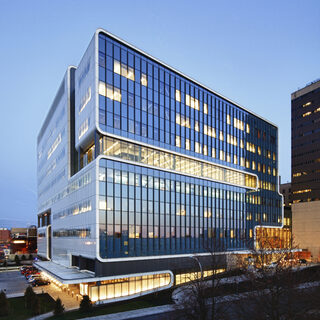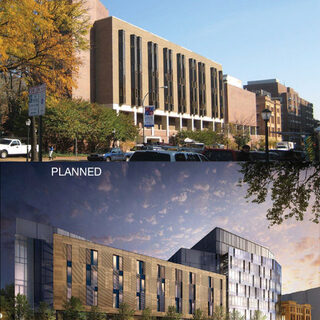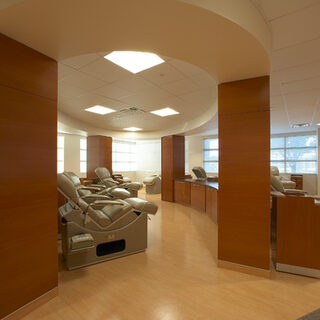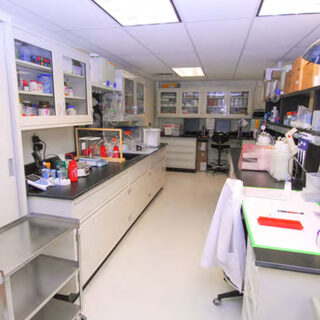Texas Veterinary Medical Diagnostic Lab
The Texas Veterinary Medical Diagnostic Laboratory expanded and renovated its 19,500-sf laboratory in Amarillo to add a BSL-3 suite, the state's second such laboratory dedicated to animal disease diagnosis. The lab is designed to function primarily as a BSL-2, but contains built-in features and SOPs that allow it to convert to BSL-3 in the event of a suspected outbreak of a highly contagious animal and/or zoonotic disease.















